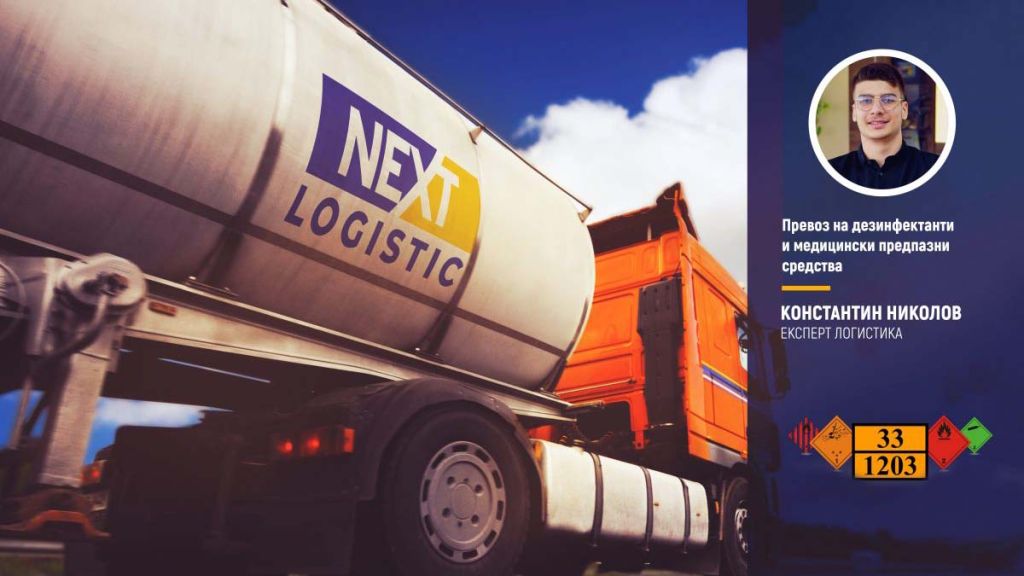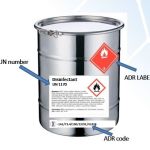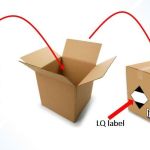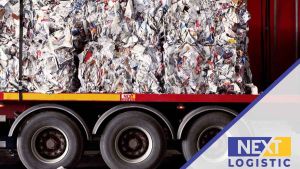Transportation of disinfectants and medical protective equipment
Due to the pandemic, which unfortunately affected almost the entire world, the production of hand sanitizers and various disinfectants – in the form of alcohol-based solutions, gels, wipes, sprays, and others – has increased significantly. In this section, we will explain how exactly these products can be transported from the manufacturer to the end consumer.
Disinfectants and the so-called hand and body gels are classified depending on their alcohol content. If the alcohol percentage is below 70%, the product is considered a gel and does not actually function as a disinfectant but rather as a cleaning product. In this case, transport is permitted without ADR equipment for the vehicle composition, and no permits are required from the manufacturer.
If the alcohol content is 70% or higher, the product is classified as a disinfectant. In this case, full ADR equipment is required – both for the vehicle composition and for the driver. The client must also hold a permit for production and export.
The first and most important step is to check the Safety Data Sheet (SDS), specifically Section 14. From there, the UN number of the product can be determined, which will show whether the goods require ADR classification.
Example: UN1170 (Ethanol), Packing Group II.
In this case, the cleaning agent is classified as “dangerous goods,” which requires ADR equipment. However, there is one important detail found again in Section 14: products under UN1170 can be transported in packages equal to or smaller than 1 liter, which are exempt from ADR requirements.
Once the products are bottled, they must be placed in cartons that carry the “LQ Label” (Limited Quantity label) sized 10 cm x 10 cm. The total weight per carton must not exceed 30 kg.
Regarding medical protective equipment, a permit from the client is again required to prove that all production requirements for such materials have been met. This ensures that the manufactured goods will fully serve their intended functions as medical protective equipment for the end user.
Examples: protective goggles, face shields, masks, clothing, gloves, etc.
Share
Contact us
Fill out the form to request transportation services.
We will contact you as soon as possible.










